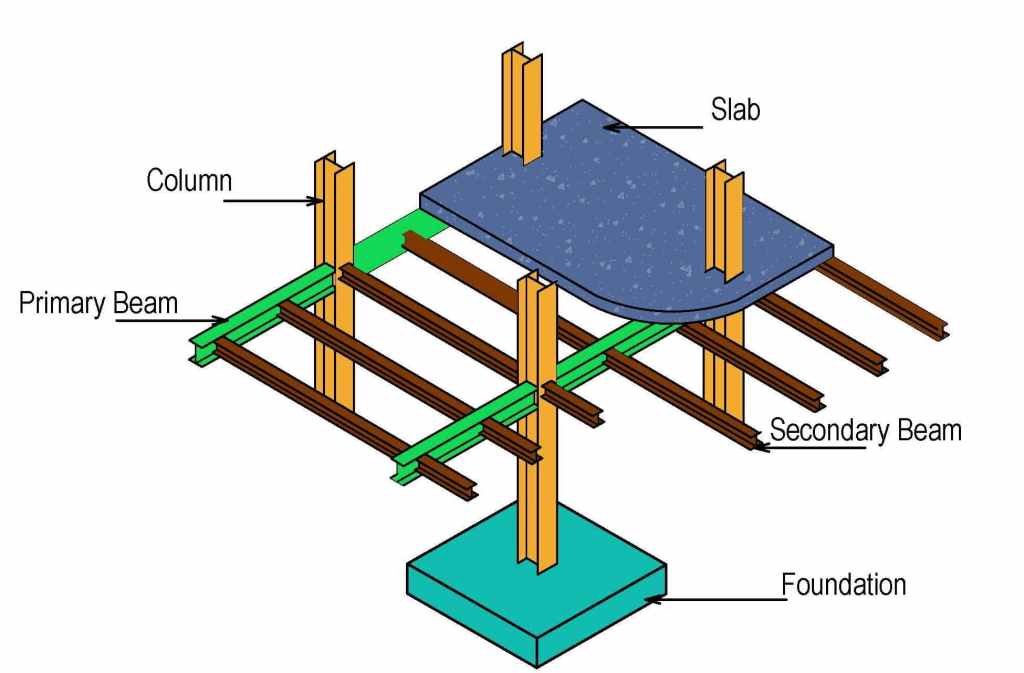Completed, With Your Immediate Income
November 19, 2024

Beams and columns are both essential structural elements used in construction and engineering, but they serve different purposes and have distinct characteristics. Here are the key differences between beams and columns:
In summary, beams are horizontal elements that handle bending loads, while columns are vertical components designed to bear compressive loads. Their differences in function, orientation, load types, design considerations, cross-sectional shapes, materials, and applications play essential roles in structural design.